Very few are known by one name.
In Minnesota? There are maybe three: Prince. Sid. And of course, Bud.
Harry Peter "Bud" Grant, Jr., was born on May 20, 1927, in Superior, Wisconsin, where his father called him "Buddy Boy."
Eventually known to all as Bud, the Minnesota icon, Pro Football Hall of Fame, Canadian Football Hall of Fame and Vikings Ring of Honor coach passed away at his Minnesota home Saturday morning, March 11, 2023. He was 95.
The sad news completed a remarkable run through which Grant left indelible marks on the state and region. He transformed the Vikings from a fledgling franchise into a championship contender through his legendary leadership. Grant continued to impact the Vikings positively as a consultant after retiring from the sidelines.

Early Influences
Grant was a tri-sport athlete at Superior Central High School, having overcome polio as a child, and he later enlisted in the Navy during World War II. He was assigned in 1945 to the Great Lakes Naval Training Station in Illinois, where he played football for the great Paul Brown.
Upon honorable discharge from the service, Grant attended the University of Minnesota, where he once again lettered in three sports and twice earned All-Big Ten honors in football – and where he first met Sid Hartman, a young sports reporter covering the Gophers.

The two developed an incredible bond between athlete and reporter, and at Grant's induction to the Pro Football Hall of Fame in 1994, more than four decades later, it was Hartman who presented his closest, personal friend for enshrinement.
"As all of you know, working journalists are taught to avoid friendships with the people they cover. They call it 'conflict of interest,' " Hartman said during the ceremony in Canton, Ohio. "If that would have been the rule some 45 years ago, it would have cost me one of the best friends I have on this earth."
Hartman passed away at age 100 in October 2020.
View photos of Vikings head coach and Pro Football Hall of Famer Bud Grant.

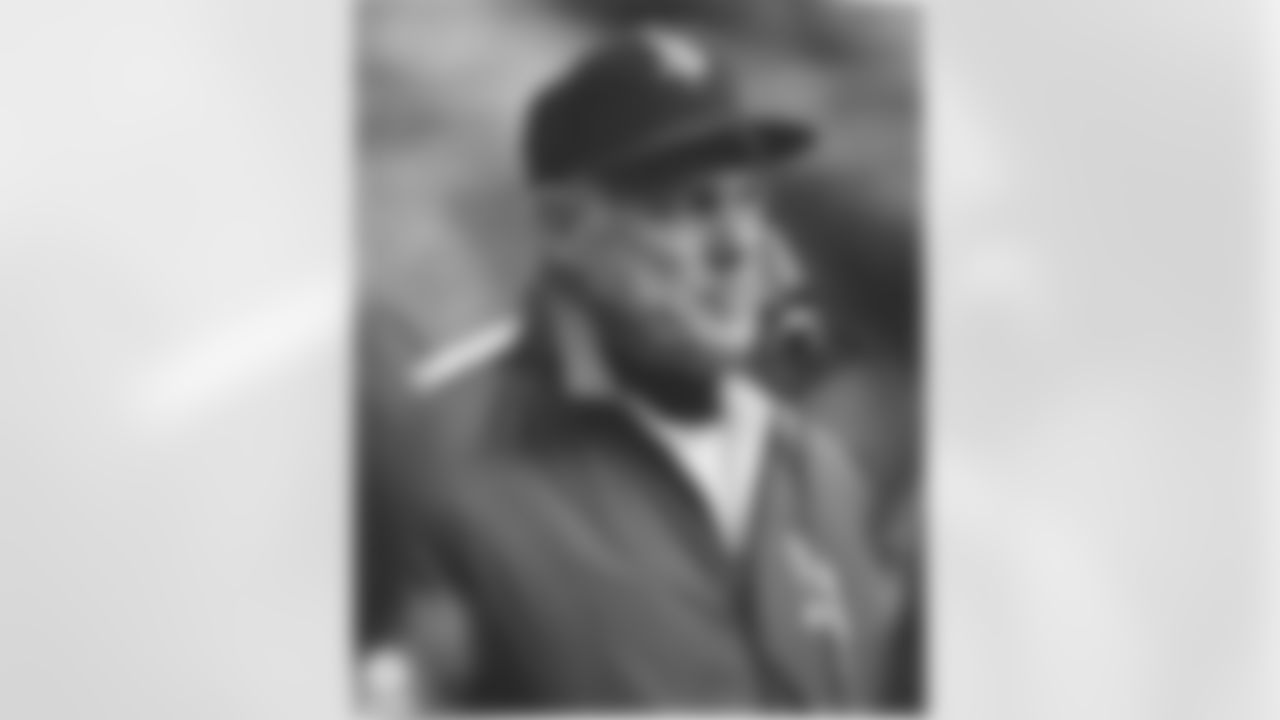


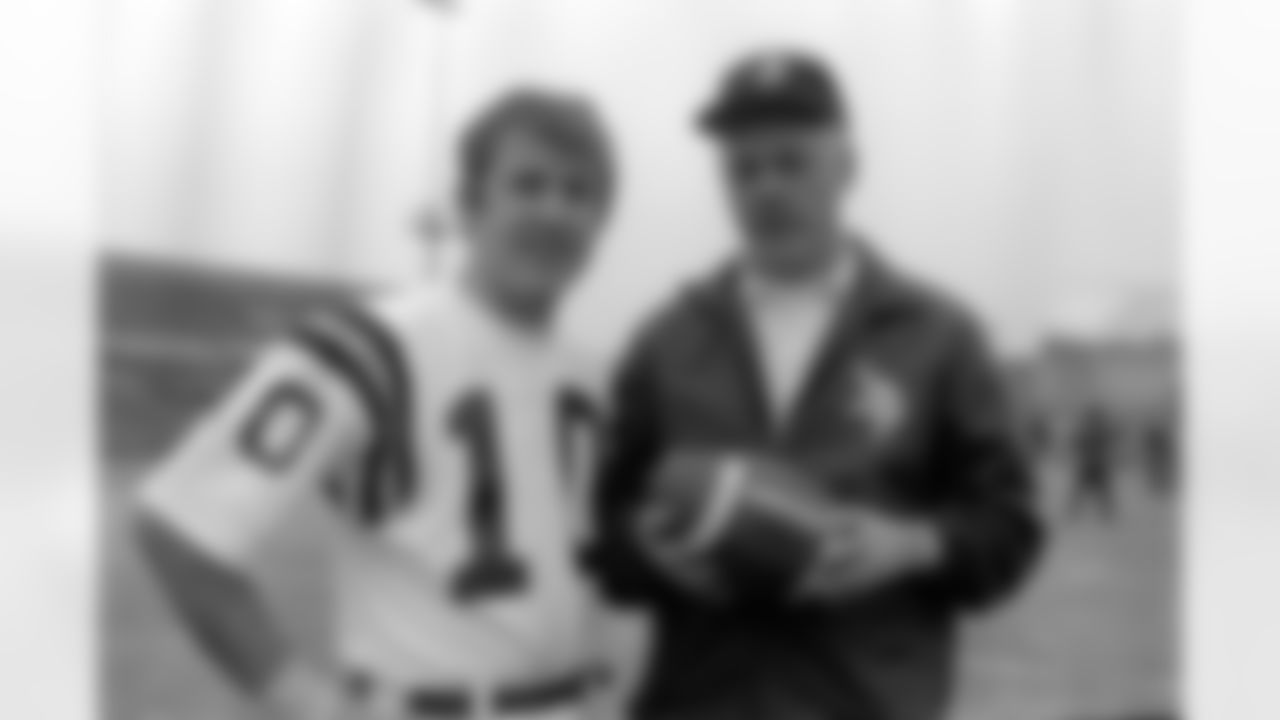


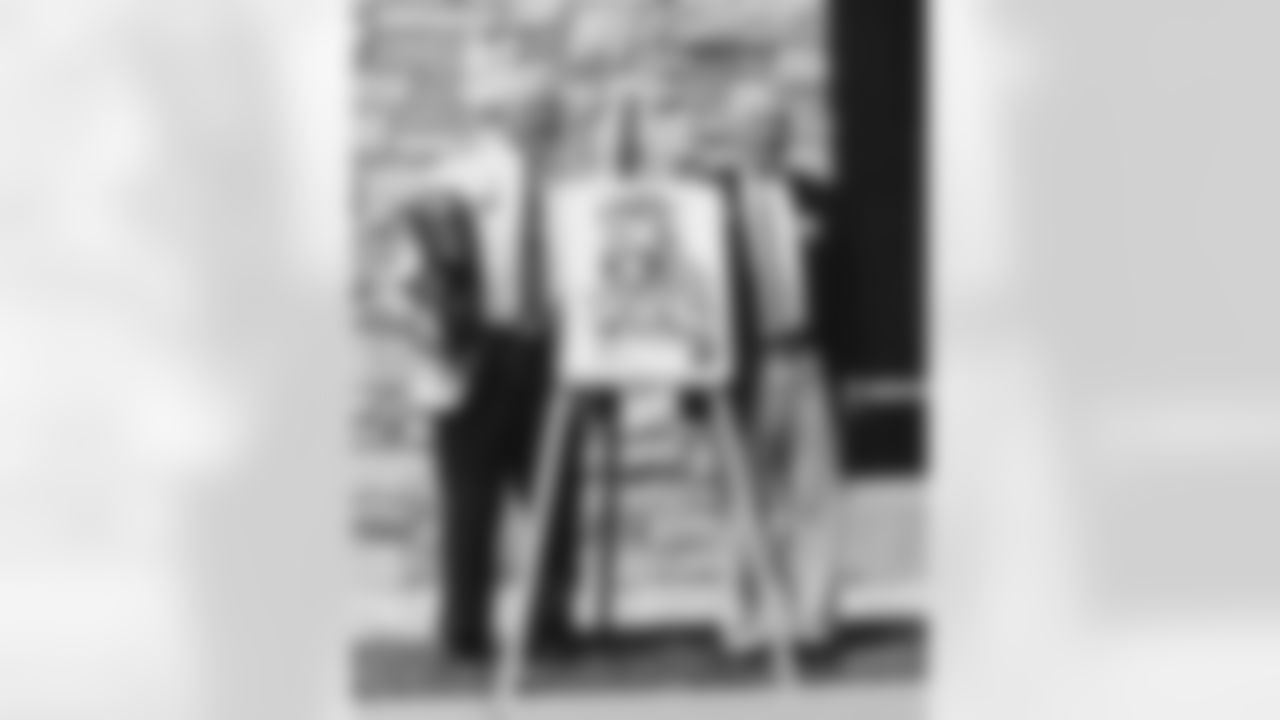


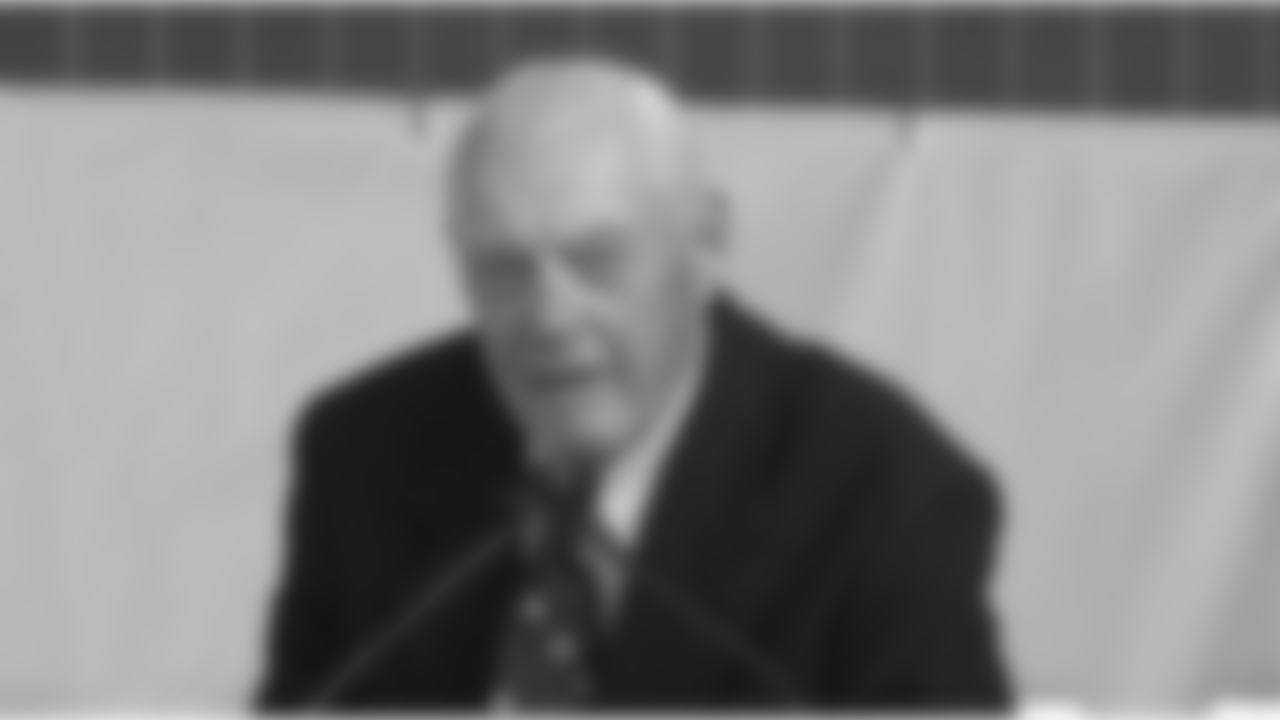



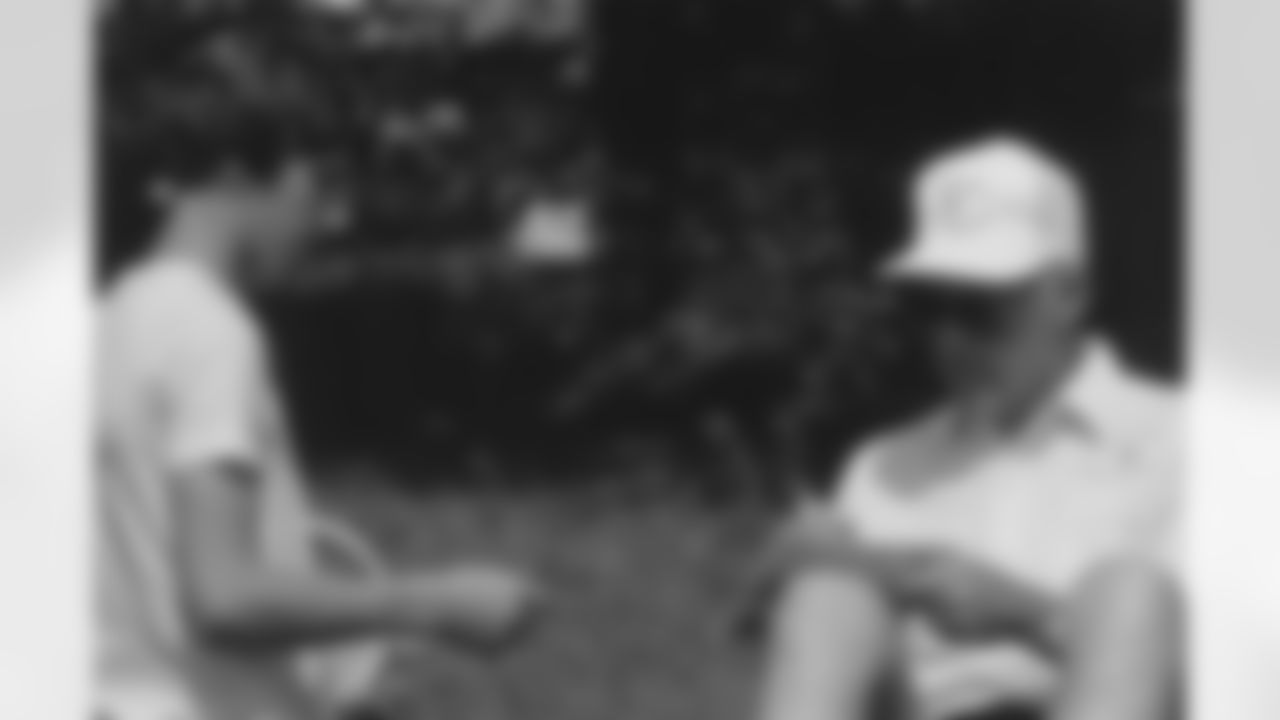

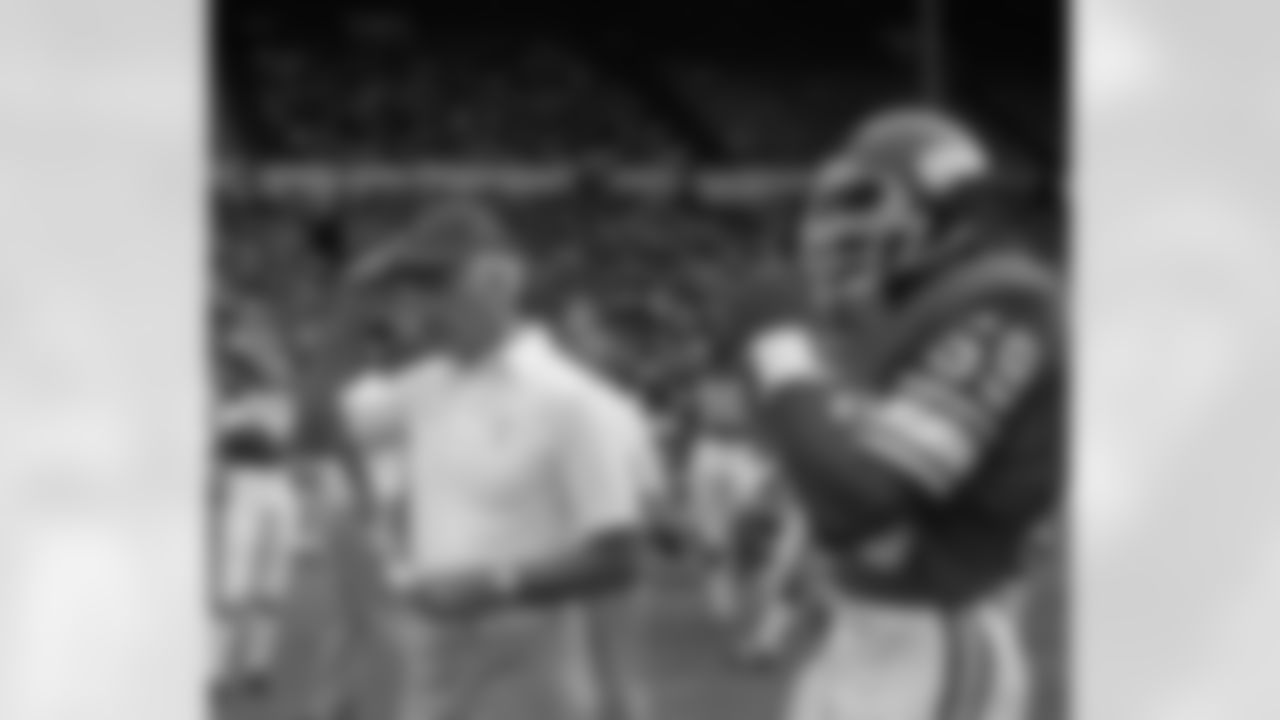



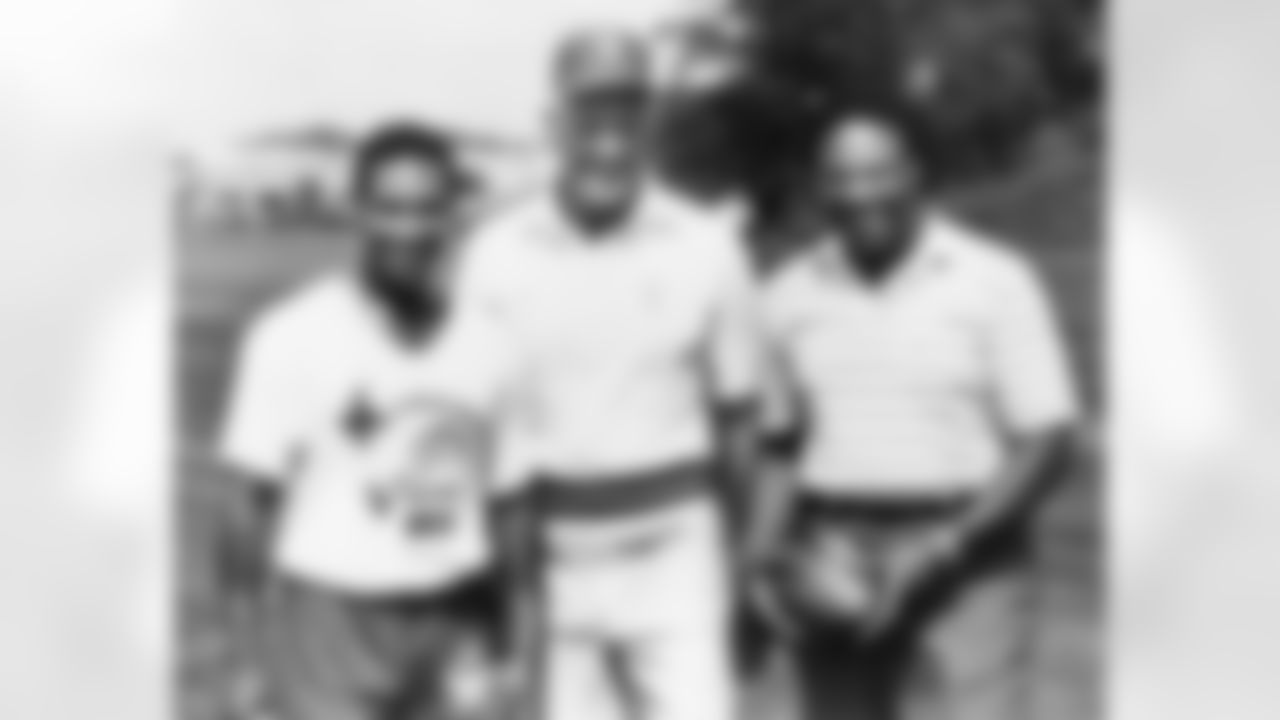





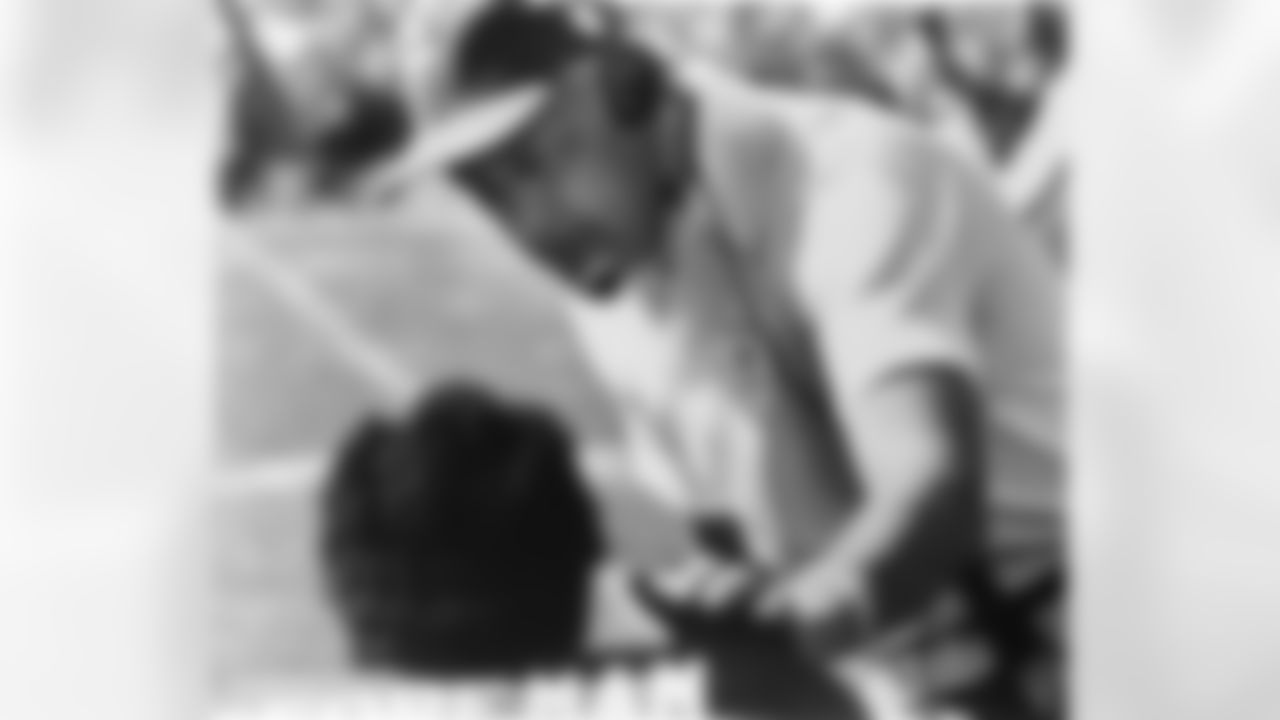





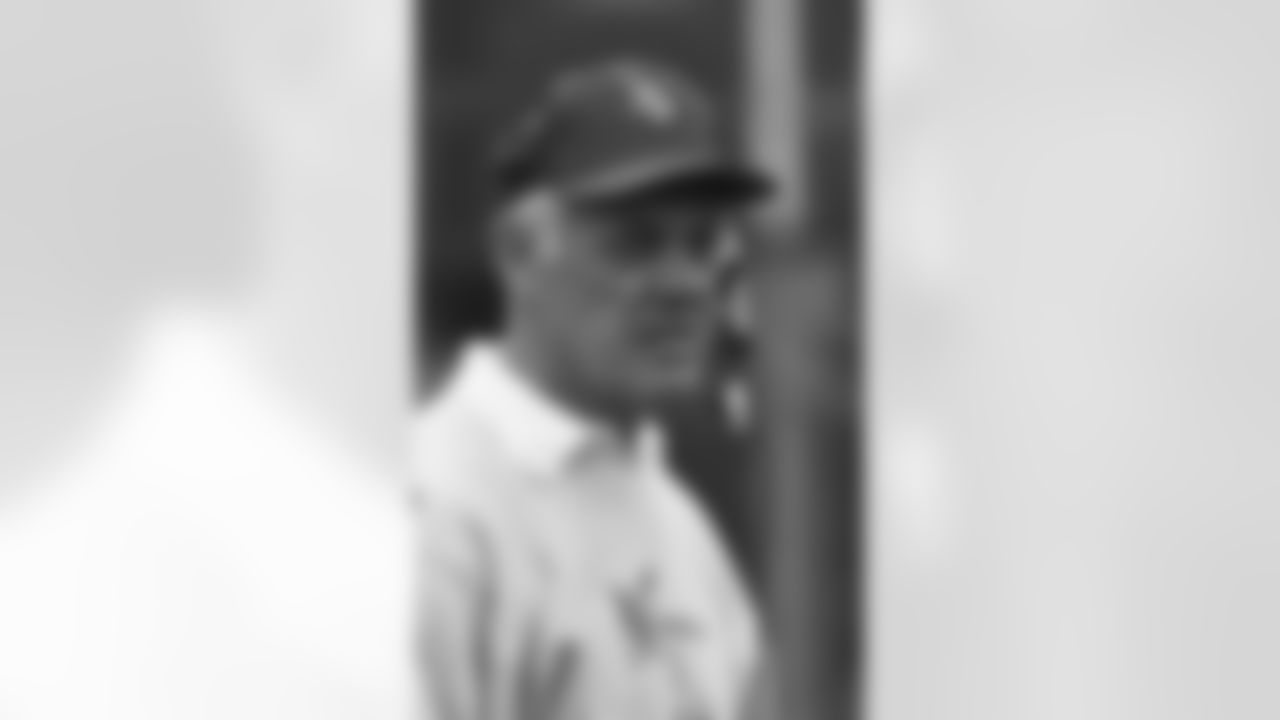
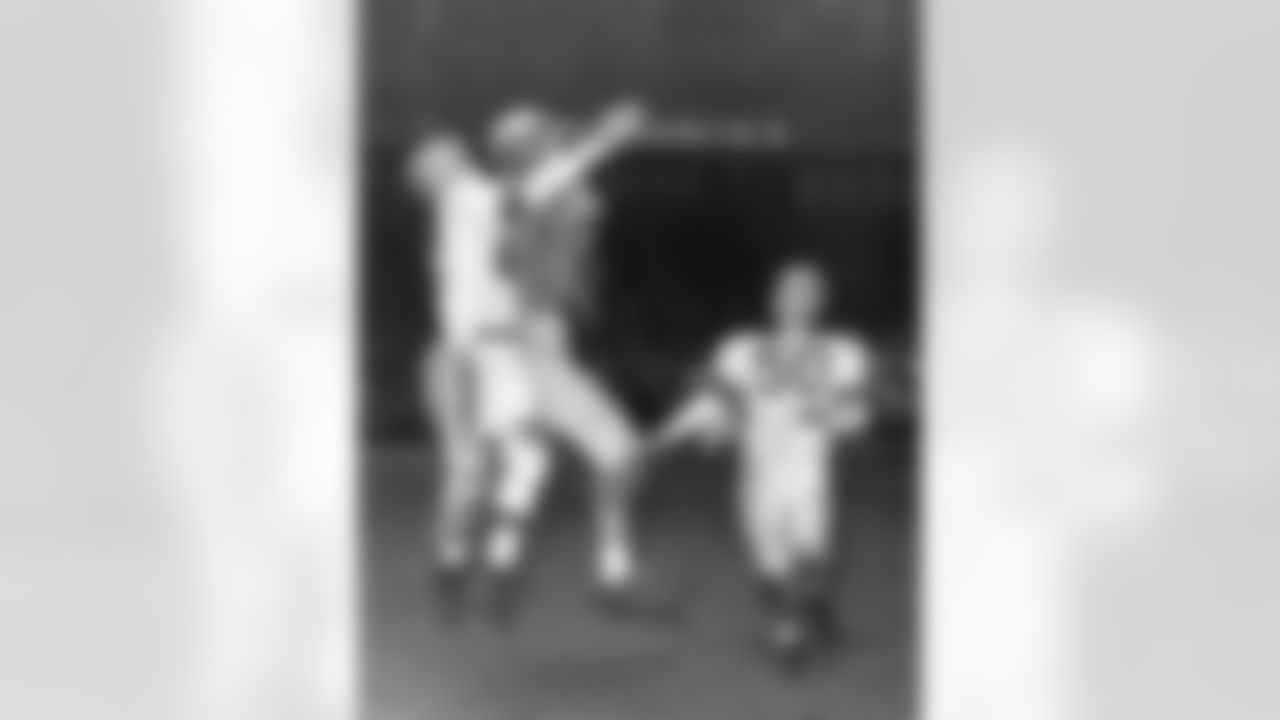


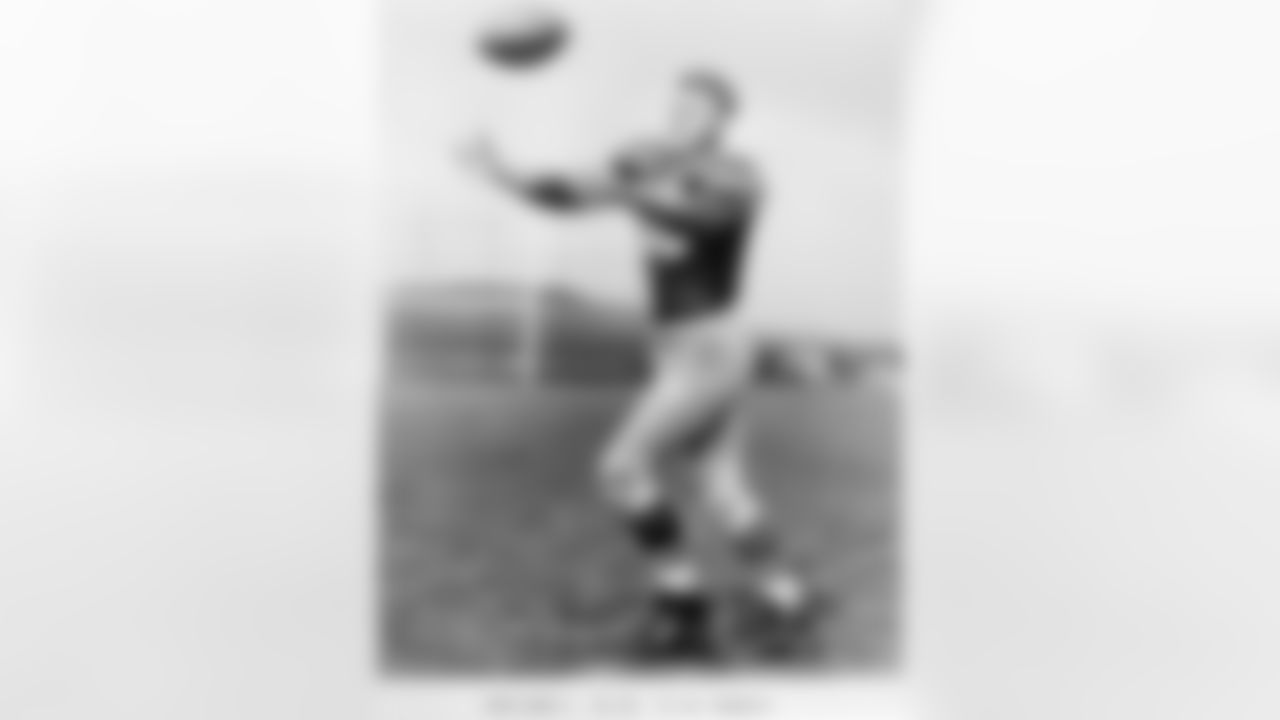
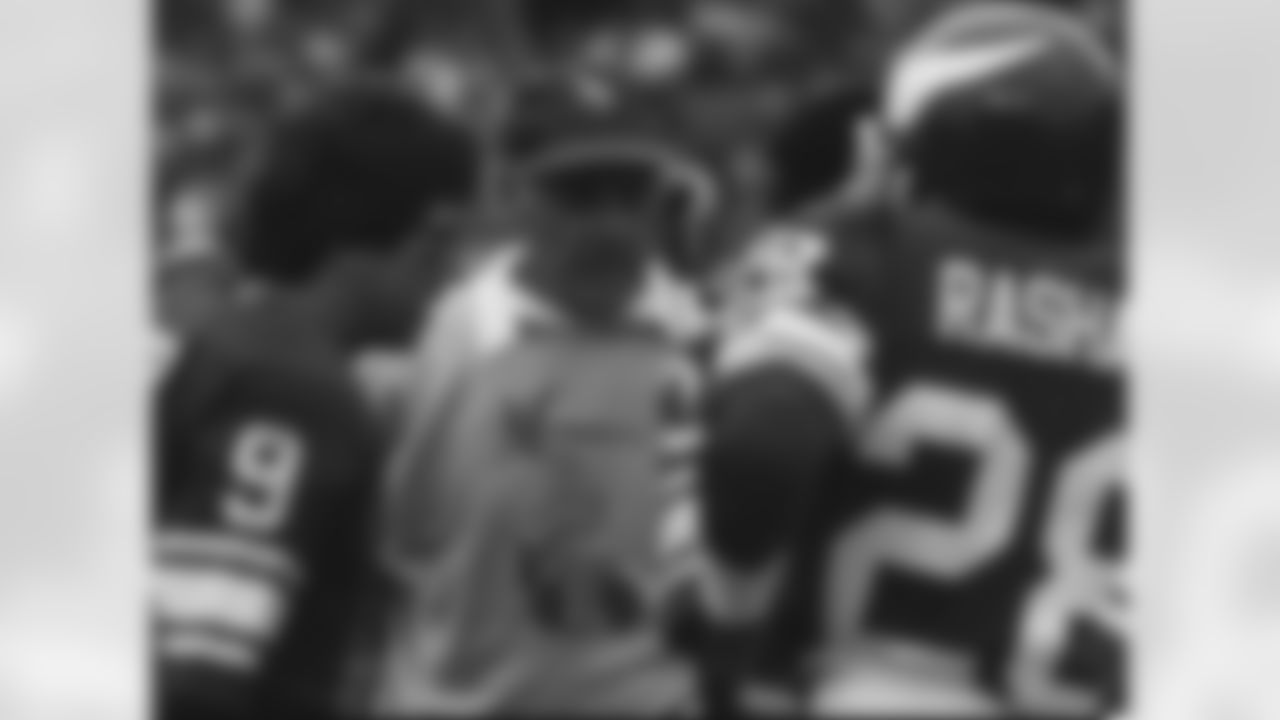
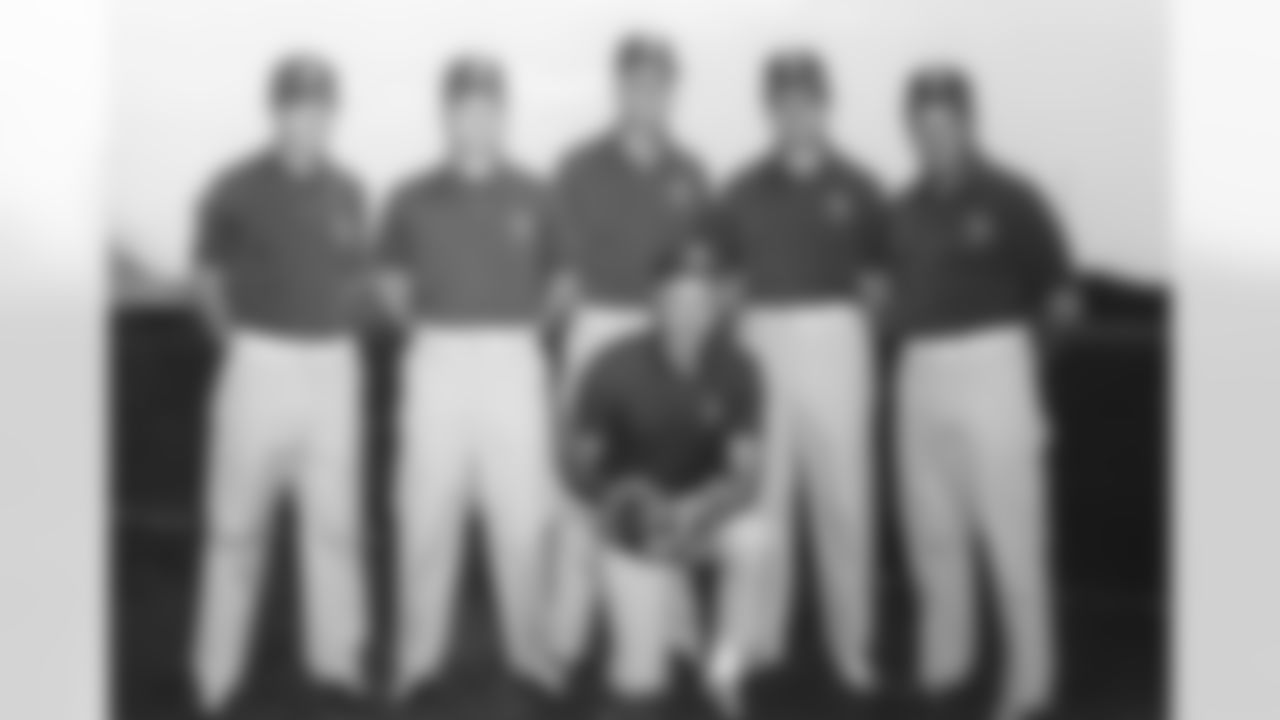

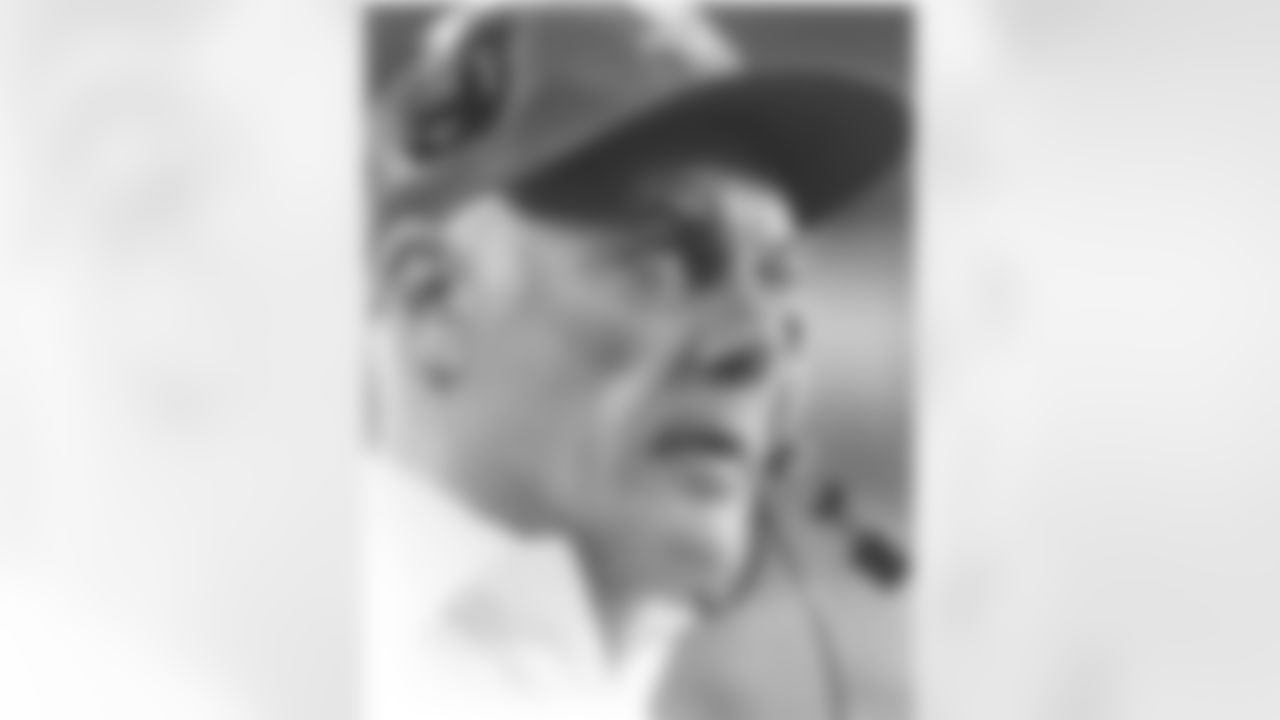
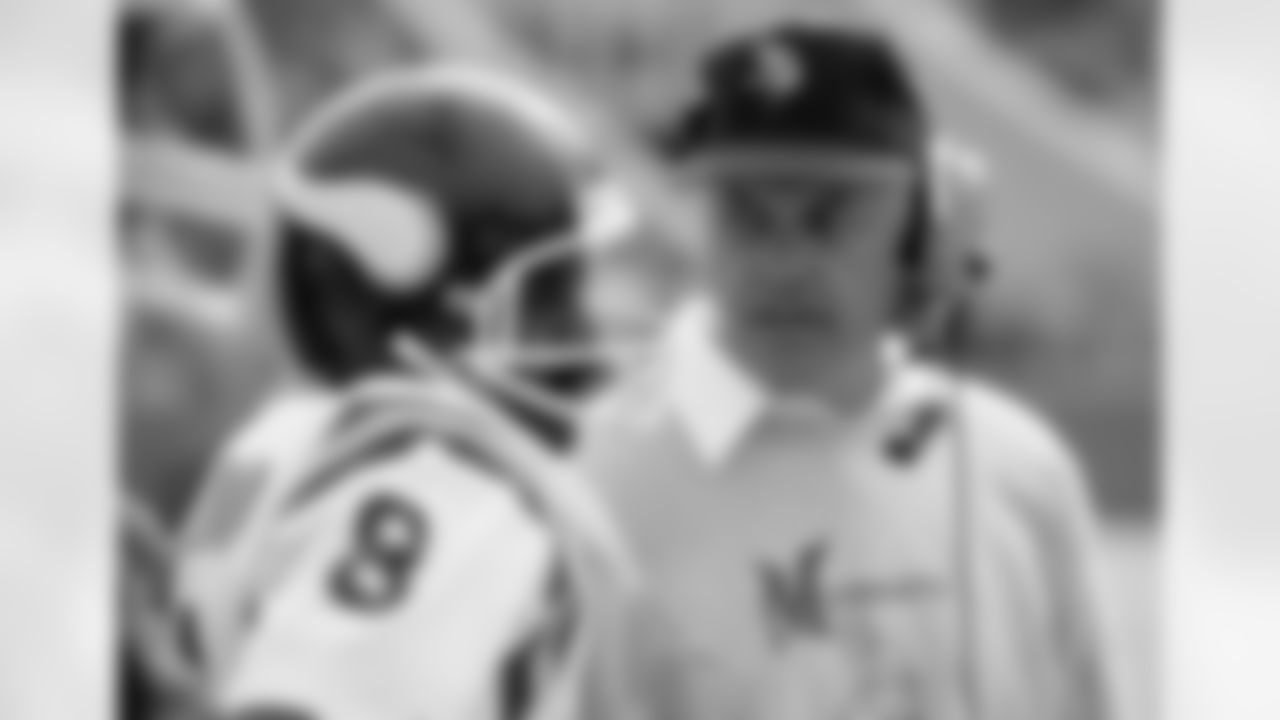



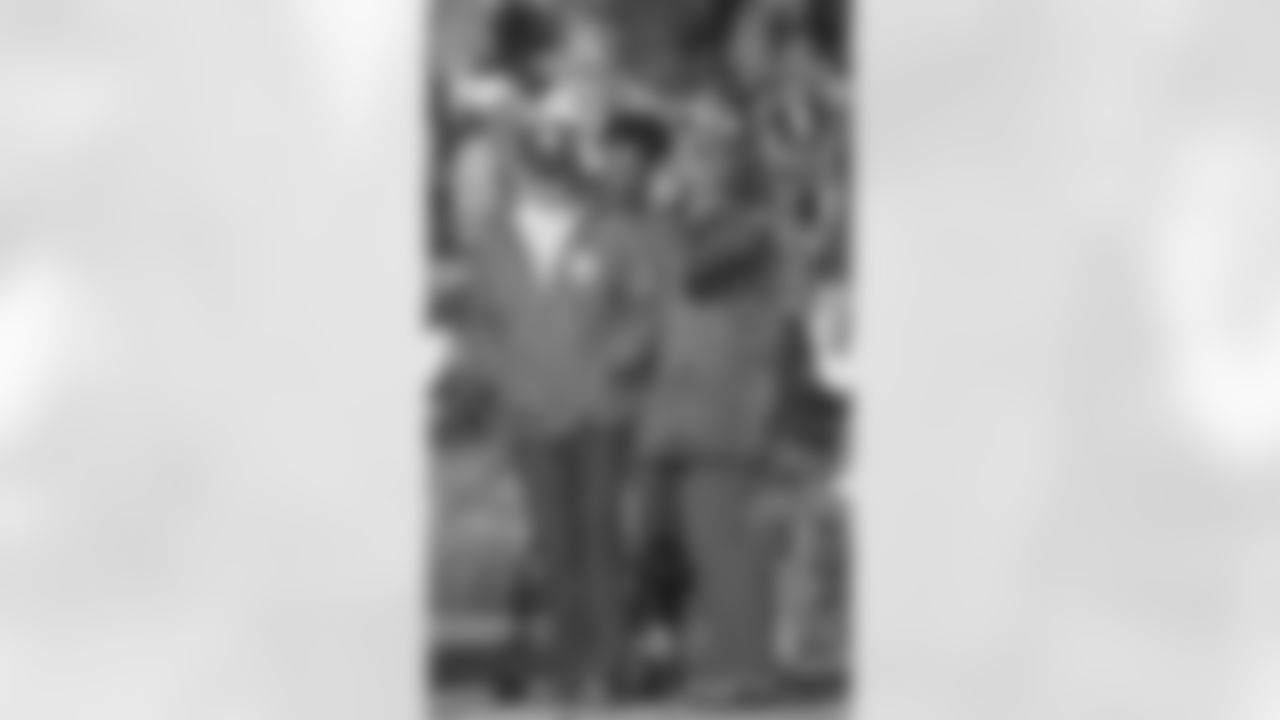





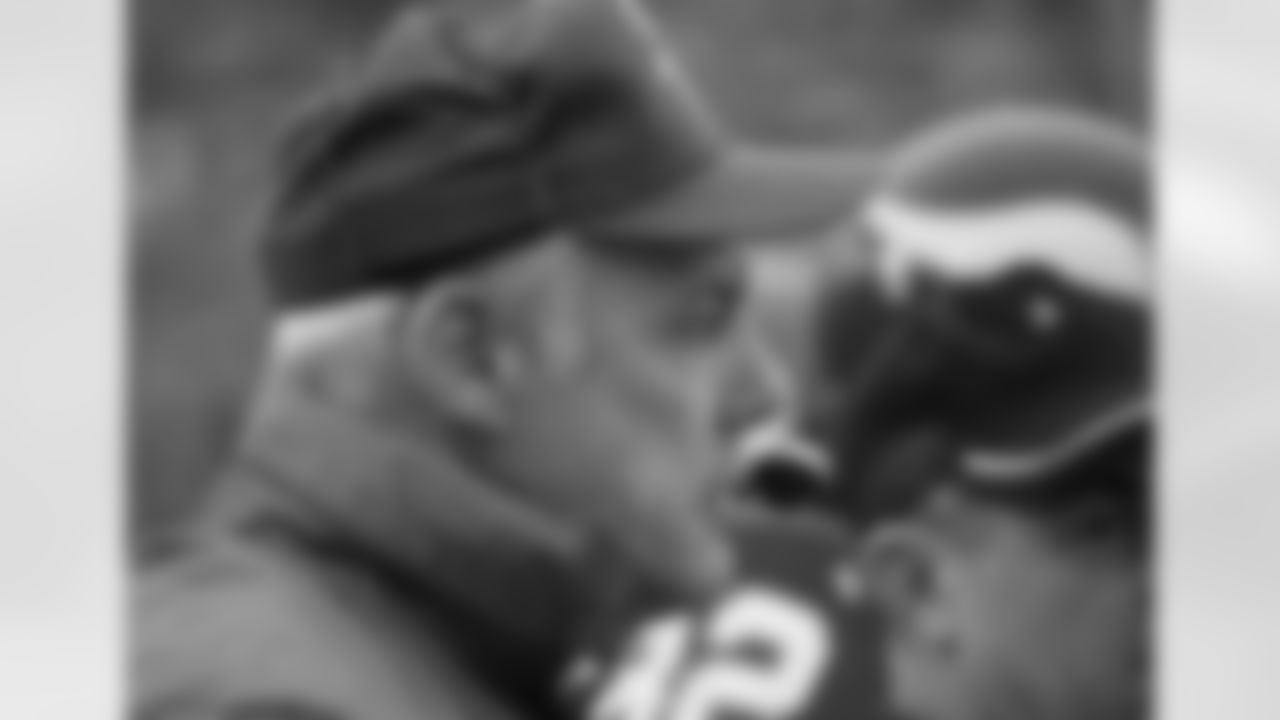
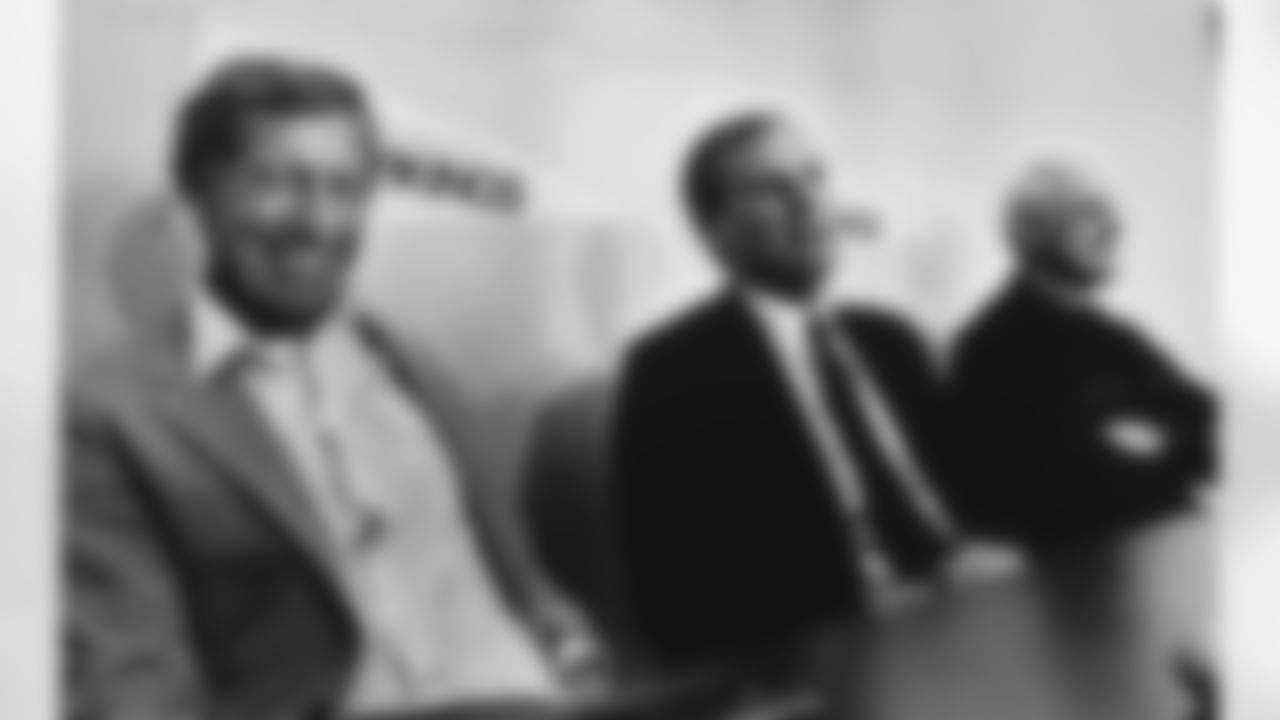
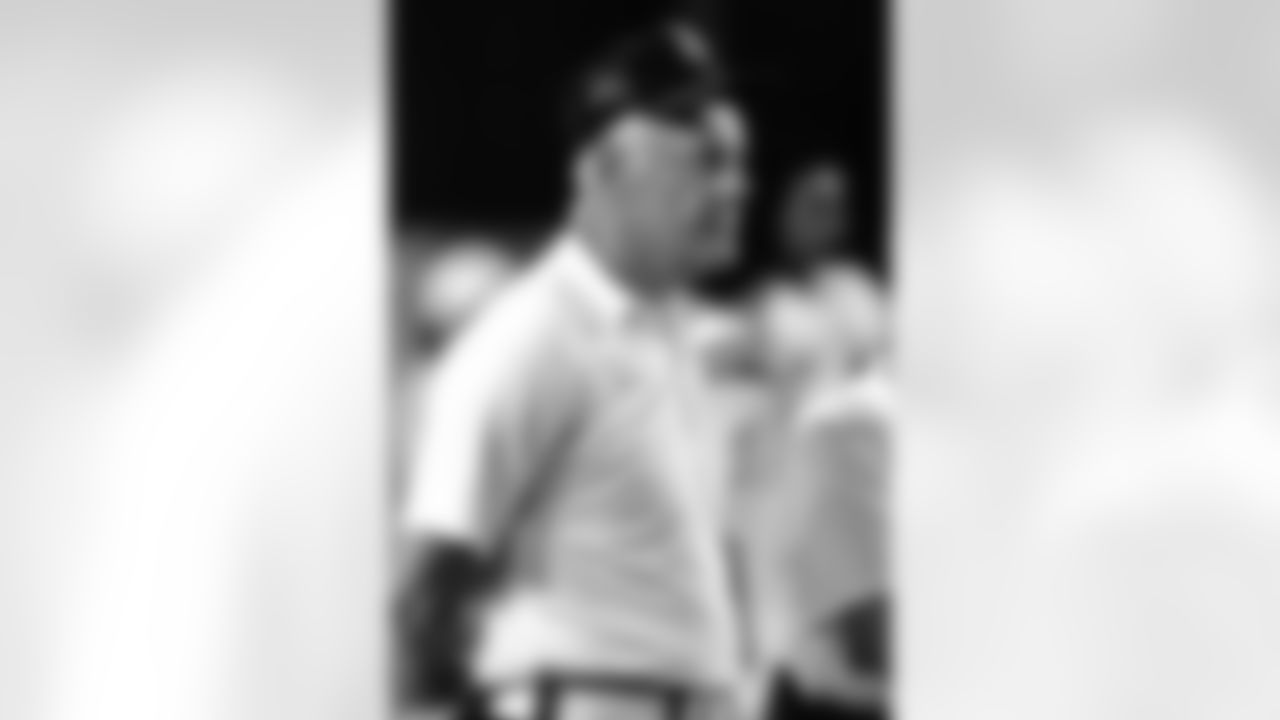
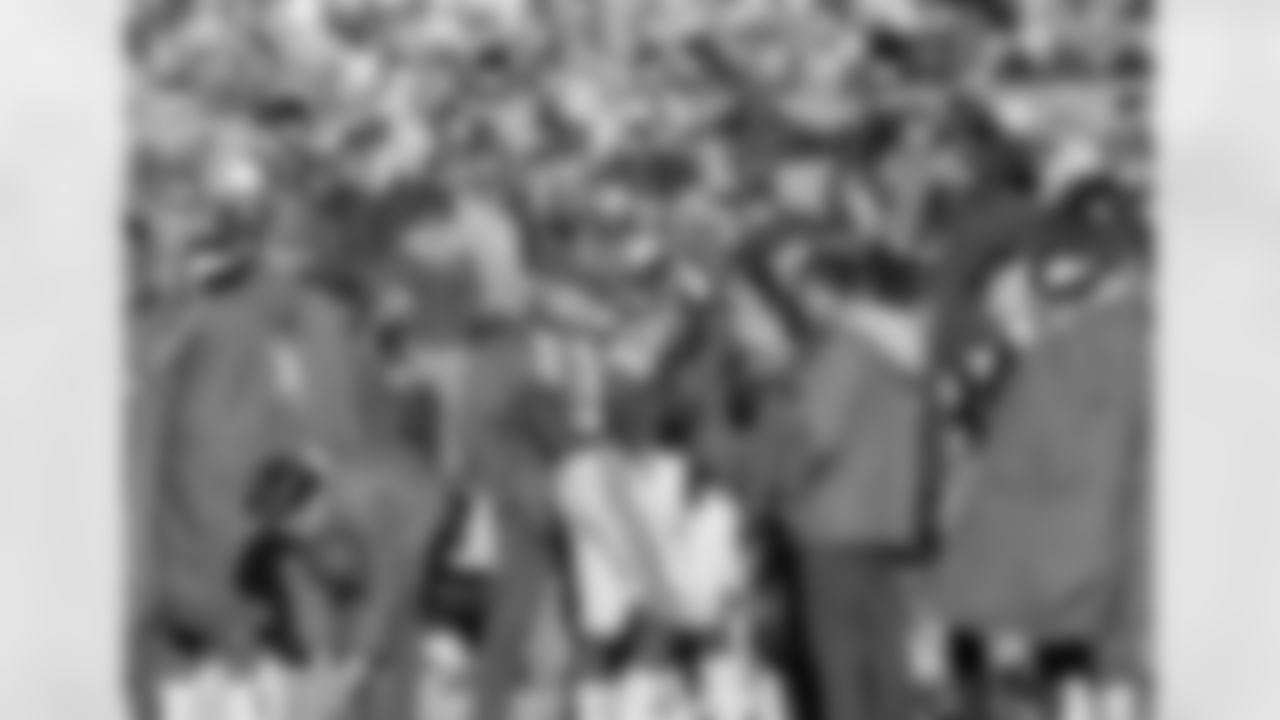
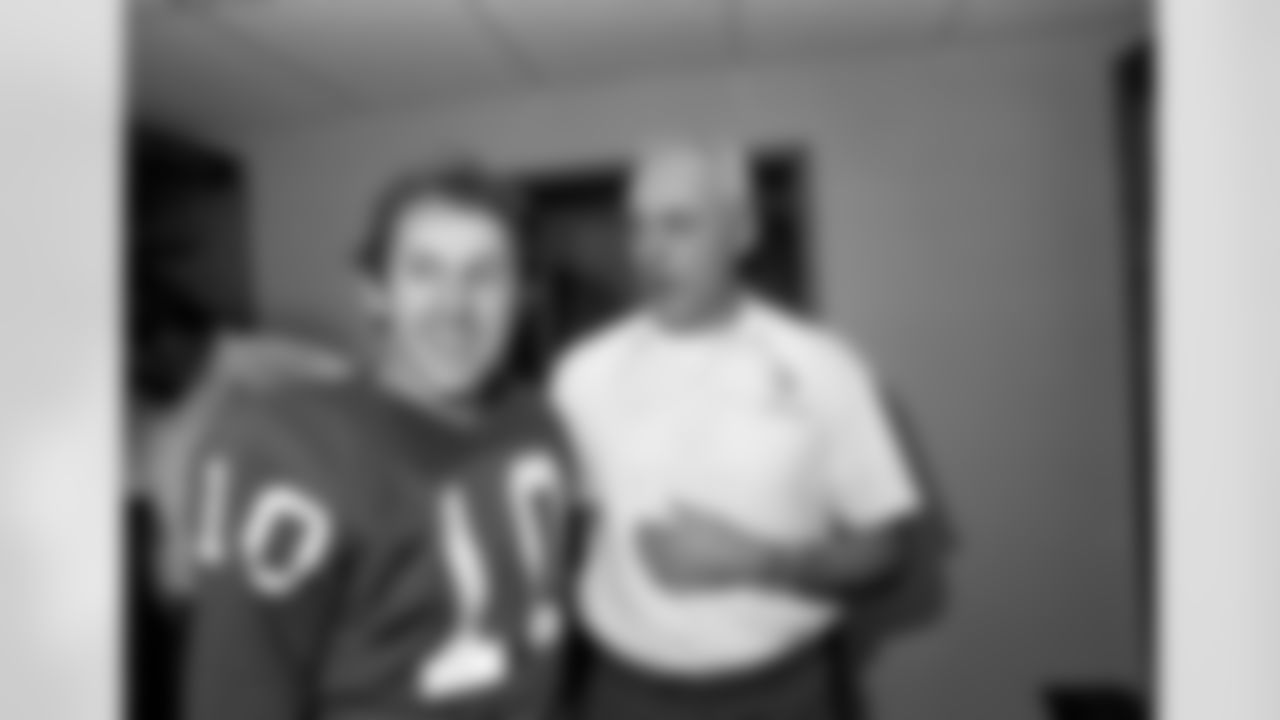
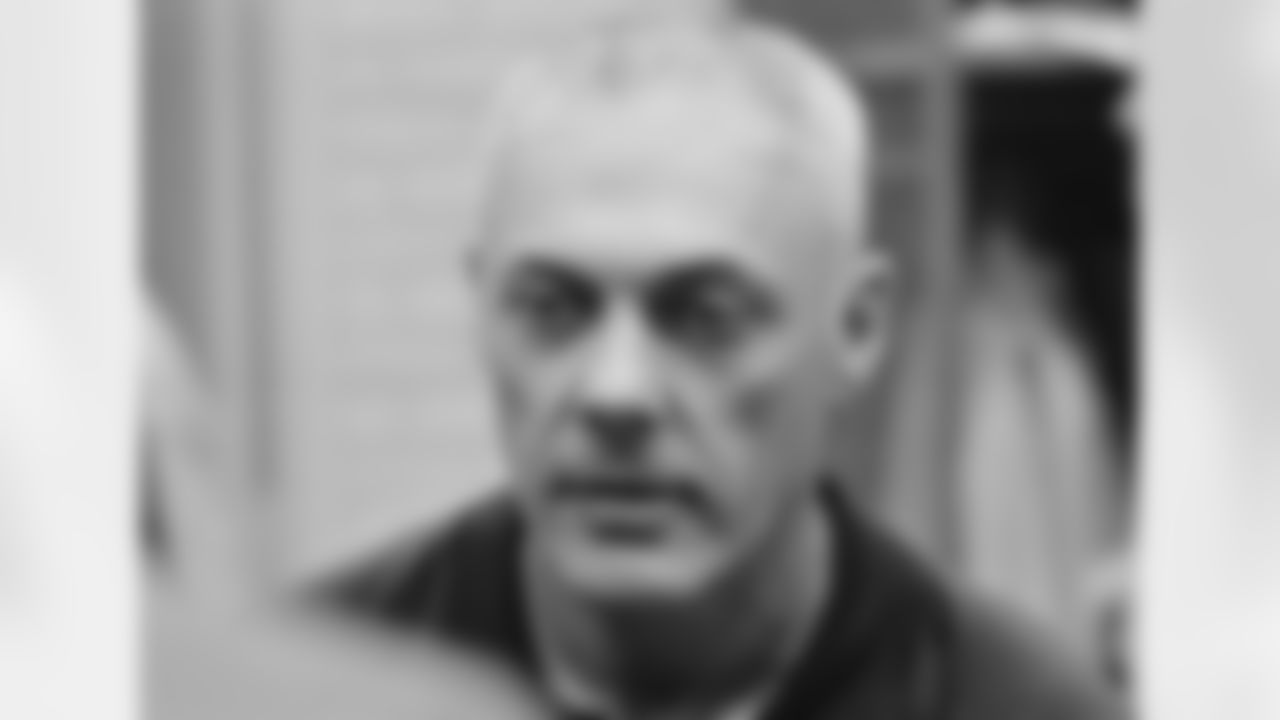
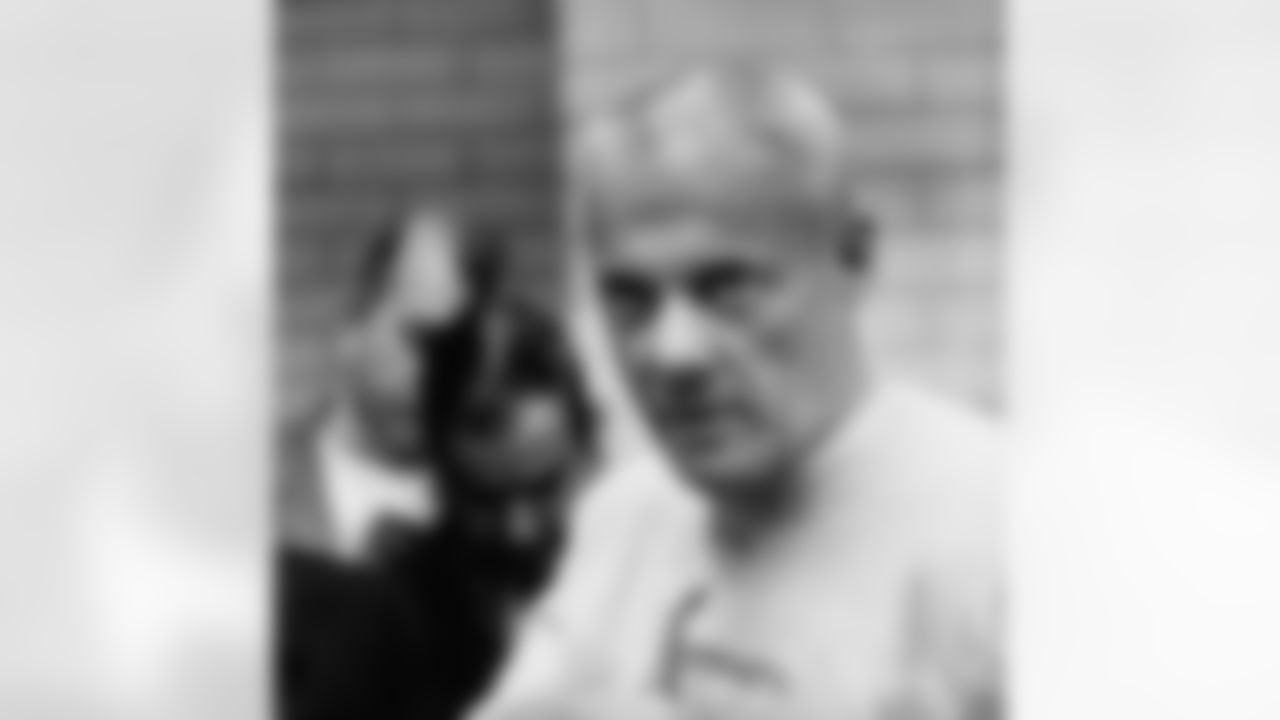


In 1950, Grant was drafted by the NBA's Minneapolis Lakers – for which Hartman quietly was the general manager – and by the NFL's Philadelphia Eagles. He initially turned his focus toward the hardwood, playing two seasons for the Lakers, including his role on the 1950 championship team.
His paycheck for a full season, plus taking home the NBA title that year? Six thousand dollars.
"Well, that was enough for me to get married on, have a family and buy a house and buy a car," Grant recalled matter-of-factly during a 2016 interview with NFL Films.
Grant then transitioned back to football and signed with the Eagles, becoming the only man to ever play in both the NBA and NFL.
He played two seasons for the Eagles, first as a defensive end and then as a wide receiver, finishing second in the league in receiving in 1952.
When Grant refused to re-sign with the Eagles for the amount offered, he became the league's first-ever free agent. Philadelphia did reach out again, but he already had left the U.S. to join the Winnipeg Blue Bombers of the Canadian Football League. After just four seasons, Grant accepted the role of Winnipeg's head coach at just 29 years old, making him the youngest head coach in CFL history.
"They wanted to give me a two-year contract; I said, 'I want one. If I don't like it, I want to go back to playing,' " Grant recalled. "What did I have to lose? I'd never coached in my life."
You'd never know that was the case.
The Blue Bombers under Grant made six Grey Cup appearances in 10 seasons, winning the championship four times.
Vikings Voyage
Grant continued his coaching success in the NFL, taking the helm of the Minnesota Vikings in 1967 as the second head coach in franchise history.
An article written by The Associated Press upon Grant’s hire described the coach as "a ramrod-straight, athletic figure whose greying crew-cut belies his boyish look."
"I know the Vikings have the nucleus of a fine football team," Grant told reporters at the time. "The Vikings have gone through the growing stage in the NFL and are ready to be a contender from here on in."
Images of the steely eyed Grant on the sidelines of Metropolitan Stadium, framed by the silvery vapor of his breath on frigid December game days, were iconic for years to come. His toughness, discipline and no-nonsense nature defined an era of Vikings football that mirrored the man in charge.
Grant had a philosophy about cold weather, and he used it to the Vikings gain.
"Being cold is something that is akin to being hot. You're uncomfortable, but you can function up to a certain point. I think I knew what that point was," he said. "I tried to convince the players of that, to the extent that some of them bought it, whether it was a Bill Brown or a Mick Tingelhoff. We'd get out there and the wind chill would be 20-below or 30-below, and they'd roll their sleeves up and wouldn't wear a warm-up jacket.
"The other team, you could see them looking at us and saying, 'Those guys are crazy.' I think it gave us an advantage," Grant added.

Fran Tarkenton. Joe Kapp. Sammy White. Ahmad Rashad. Chuck Foreman. Bill Brown. Mick Tingelhoff. Paul Krause. Scott Studwell.
The list goes on of Vikings Legends that flourished under Grant, who garnered a reputation for ruthless defenses anchored by the Purple People Eaters: Carl Eller, Alan Page, Gary Larsen and Jim Marshall.
Marshall, who played 270 games for Minnesota, was regularly referred to by Grant as a "special, special player" and reminded that the legendary coach was much more than his outward persona may suggest.
"There are many different sides to Bud Grant, and I think the public only had an opportunity to see one – and that was the stone-faced coach standing on the sidelines, and nothing seemed to affect him. No emotion," Marshall said in an earlier interview. "But he was a very emotion-filled human being."
Rashad, a member of the Vikings Ring of Honor, also spoke of Grant's curmudgeonly exterior but ultimately soft heart.
"When you think about the cold weather and being in Minnesota, I think he fits that image – the big, tough coach with the gray hair that doesn't smile. I mean, that fits Bud Grant. So therefore, people like to think that he never smiles," Rashad said. "On Sunday, he tells the story that once he puts the hat on, the smile goes. But I've even seen him smile on Sunday."

In fact, Grant garnered a reputation not only for his stringent demeanor but also – lesser-seen by the public – for his sense of humor.
"I don't deny that he sometimes looks like he's a little cold out there … some people called him 'stone-faced,' " said the late Brown, who played under Grant from 1967-74. "Well, I knew Bud pretty well and could talk to him any time, and I didn't have any problem. We'd kid back and forth, and he was probably the biggest practical joker I've ever seen."
Added Marshall with a laugh: "Guys would go fishing, and he'd take one of the fish and stick it in one of the places in their car where it wouldn't be noticed for several weeks. And you can imagine what that would do."
Respected by his players, fellow coaches and fans alike for 18 seasons, Grant led the Vikings to four Super Bowl appearances, 11 division titles, and 168 total victories.
"He knew what it took to win football games," Krause said of Grant in a previous interview. "He knew what type of a person he wanted on his football teams, and we loved to play for him."
Grant noted: "To win and endure, you don't have to be brilliant. Just determined."
Grant's leadership stood out above all else.
"He never yelled, he never screamed, he never berated, but he was a great, great leader and a great, great coach," said Tarkenton, who helped the Vikings to three of their four Super Bowl appearances. "I was privileged to play for him. If you could not play for Bud Grant, you could not play."
Grant made the decision in 1983 to put away his coaching shoes, but he was coaxed back for one additional run in 1985.
After then retiring – for the second time – following that season, Grant remained a consultant for the Minnesota Vikings organization he shaped.
"It's always great to me when I can sit and talk to Bud," former Vikings Head Coach Mike Zimmer (2014-21) said at a past event hosted by the pair of football minds.
"I've had the opportunity … to get a chance to know him pretty well. We think alike on a lot of things," Zimmer said with a chuckle. "It's nice to hear the way he used to do it but also a lot about the memories and history of the Vikings."
Beyond Coaching
It seemed Grant was simply made to coach football. But for the storied coach, the sport never was his life. For a child of the Great Depression, athletics — first as a player, then as a coach — provided economic stability beyond his practicality hewn by economic hard times.
"When you've got six children, you come from absolute zero, your main commitment in life is to take care of your family and to provide them, possibly, with the things you didn't have," Grant said in 1970. "I get more satisfaction out of providing for my family than I ever did coaching a football game."
He loved his college sweetheart, Pat, whom he took duck hunting for the couple's honeymoon in 1950, and mourned her passing in 2009 after 59 years of marriage. Grant later met "Special Pat," who became a beloved partner. He loved his six children and was a loving grandfather to 19 grandchildren and 16 great-grandchildren.
And don't forget his dogs. Lindy and Cork, the Labs during his time coaching in Minnesota; Boom, his longtime canine companion; and Lilly, who joined Grant and Special Pat in their later years.
"They'd run out and take turns jumping off the end of the dock," Grant recalled of Lindy and Cork. "They'd jump off the dock, come back around, look at one another and away they'd go again. People would drive by in a boat and say, 'What's going on? It must be a circus.' They just loved the water that much."
View photos of Vikings Legend Bud Grant during his time with the team following his career as head coach.

Vikings Legend Bud Grant

Vikings Legend Bud Grant
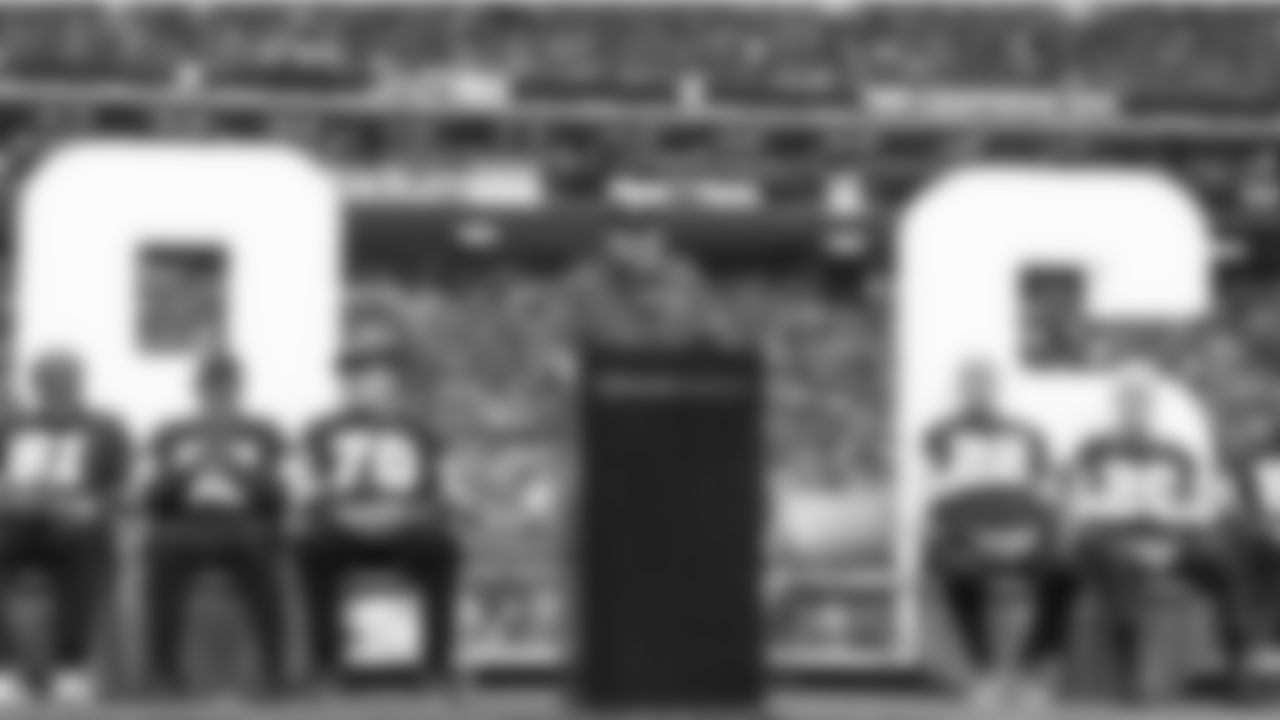
Vikings Legend Bud Grant

Vikings Legend Bud Grant

Vikings Legend Bud Grant
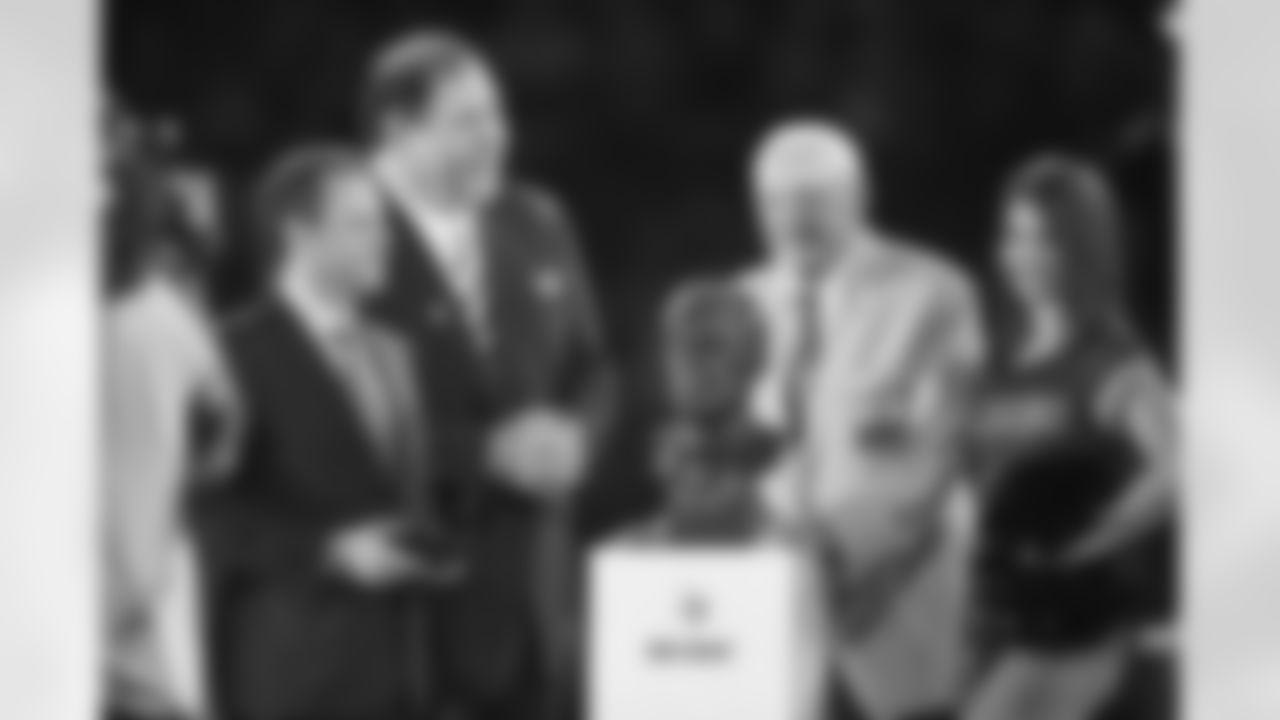
Vikings Legend Bud Grant

Vikings Legend Bud Grant
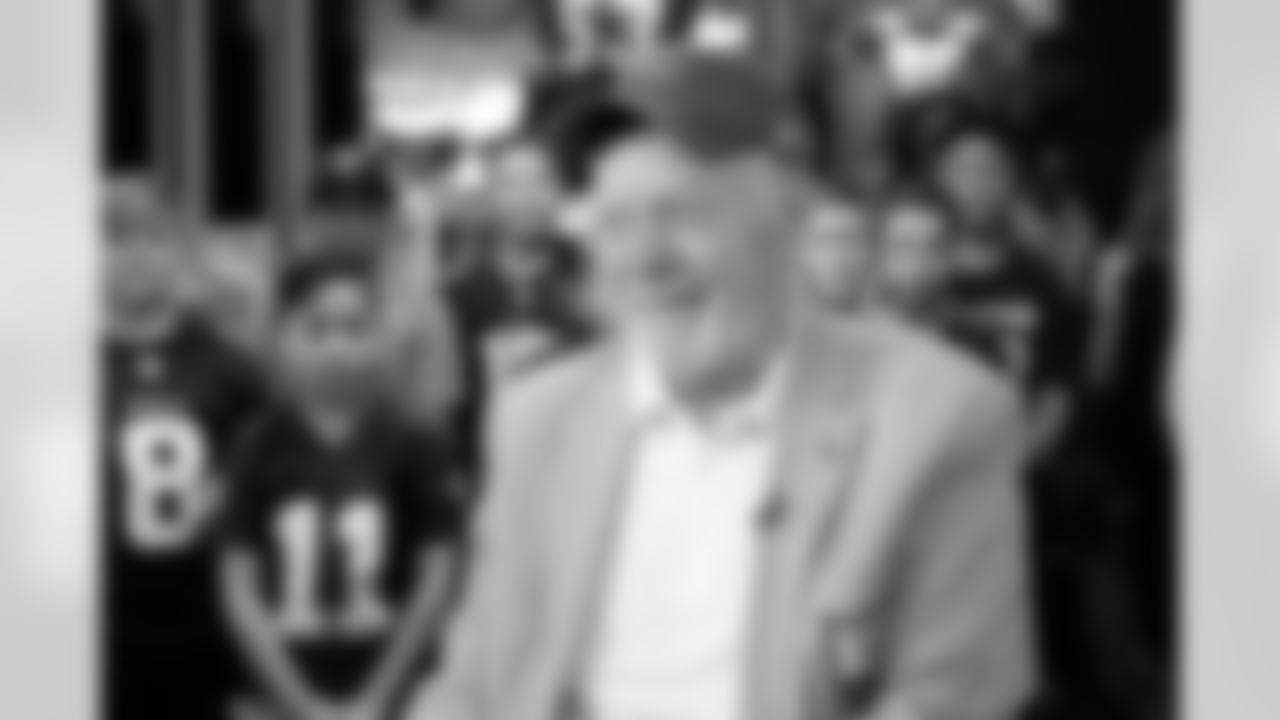
Vikings Legend Bud Grant

Vikings Legend Bud Grant

Vikings Legend Bud Grant

Vikings Legend Bud Grant

Vikings Legend Bud Grant

Vikings Legend Bud Grant

Vikings Legend Bud Grant

Vikings Legend Bud Grant

Vikings Legend Bud Grant
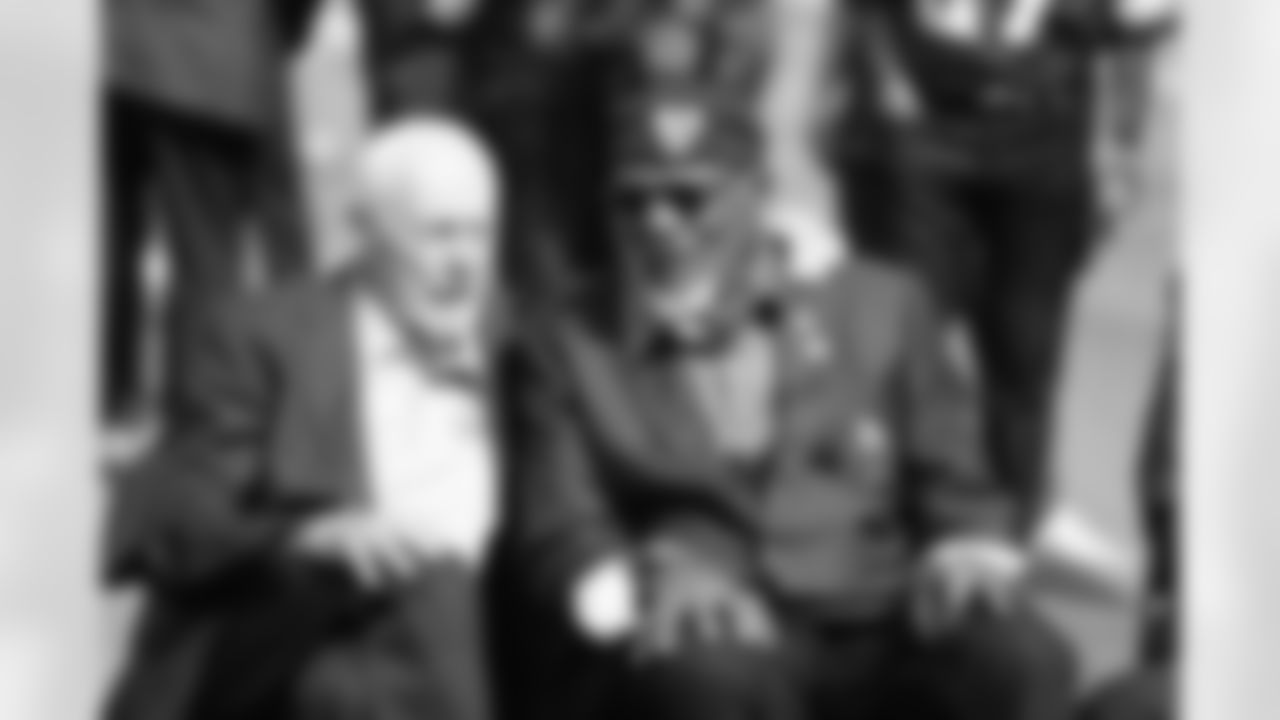
Vikings Legend Bud Grant

Vikings Legend Bud Grant
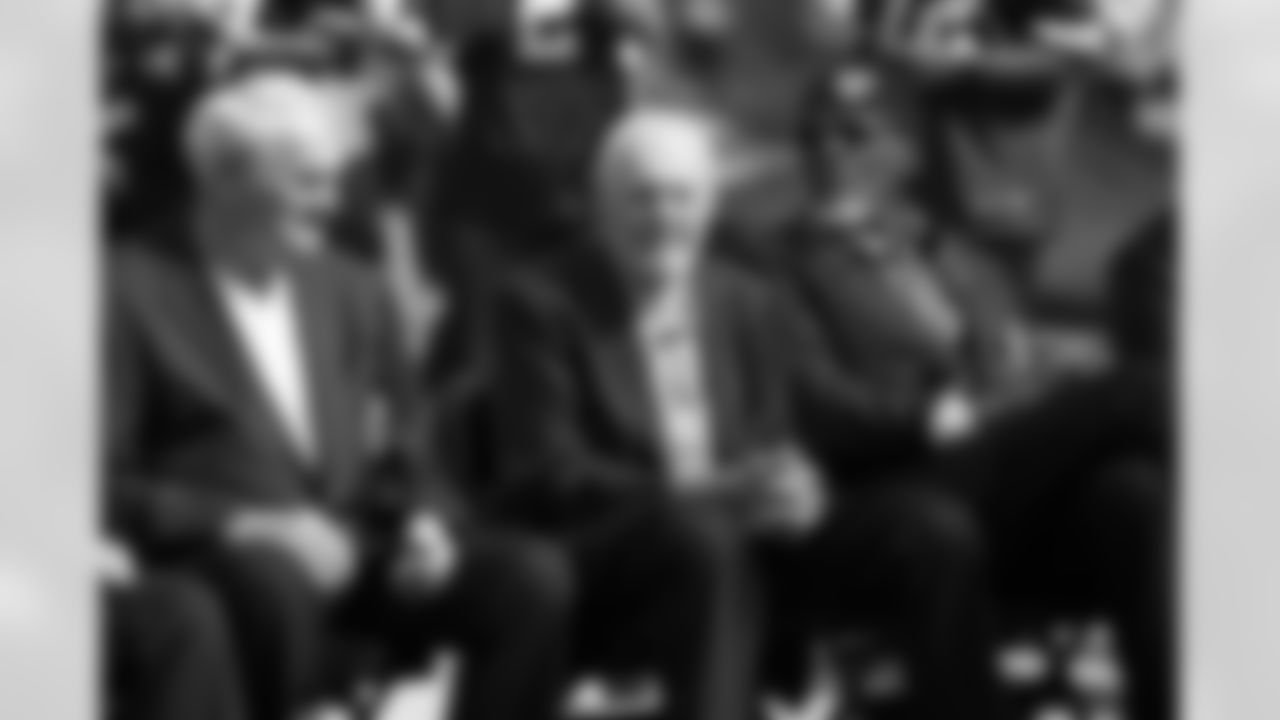
Vikings Legend Bud Grant

Vikings Legend Bud Grant

Vikings Legend Bud Grant

Vikings Legend Bud Grant

Vikings Legend Bud Grant

Vikings Legend Bud Grant

Vikings Legend Bud Grant

Vikings Legend Bud Grant

Vikings Legend Bud Grant

Vikings Legend Bud Grant

Vikings Legend Bud Grant

Vikings Legend Bud Grant
It was Grant's unique approach to the NFL and work-life balance that additionally set him apart from others in the same profession.
"Bud would teach football, coach football, and be there on the sideline – and be a very good coach on the sideline," Rashad said of Grant. "But when it was over, that was the ball game. He went home to his family. And, on the odd day, he'd go into the duck blind."
Grant was an avid outdoorsman, spending hours in fishing boats, deer stands and duck blinds.
He told NFL Films that certain people are born with an interest in nature and Grant "just happened to be born with that gene." He recalled taking a bus as a youngster out of town to hunt rabbits and squirrels.
He enjoyed his fans and autographed everything from Vikings sweatshirts to pocket knives and bars of soap at his legendary garage sales.
View images from Bud Grant's 2014 garage sale.













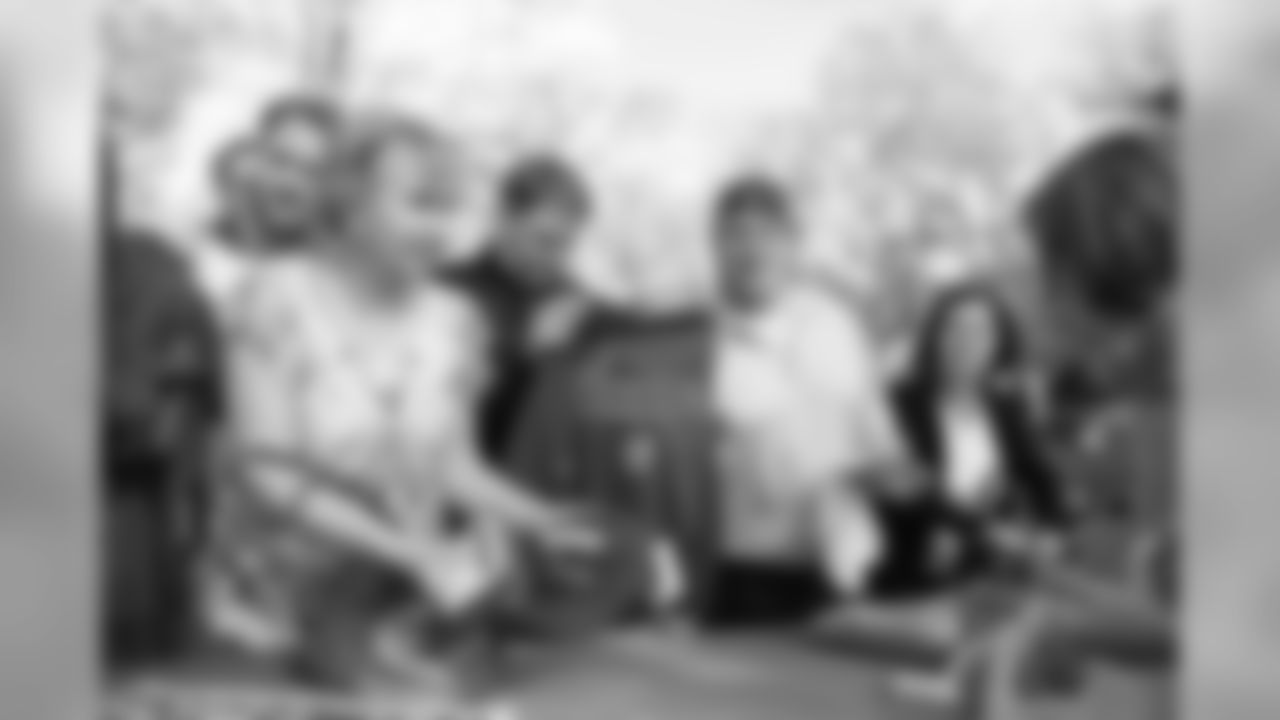



And though his gait slowed, Grant's heart never did.
He offered a short-sleeved wave in subzero temps at Minnesota's playoff game against Seattle (Jan. 10, 2016) and joined Zimmer in sounding the Gjallarhorn for the Vikings grand opening of cutting-edge U.S. Bank Stadium later that year.
"Standing here today, and looking out on this stadium, I'm trying to think of the proper word, and all I can come up with is 'awesome,' " Grant said during the ceremony.
"The Gjallarhorn signifies the Vikings are coming," he added. "The significance shouldn't be lost."

As the Vikings organization, Vikings Legends and fans around the world mourn a loss truly too difficult to put into words, imperative, also, to remember Grant's significance and the legacy he leaves behind.
Beneath the gruff exterior, Grant loved well. He was a Legend, an icon, a Hall of Famer. But more importantly, he was a dedicated family man and friend.
He was Bud.














